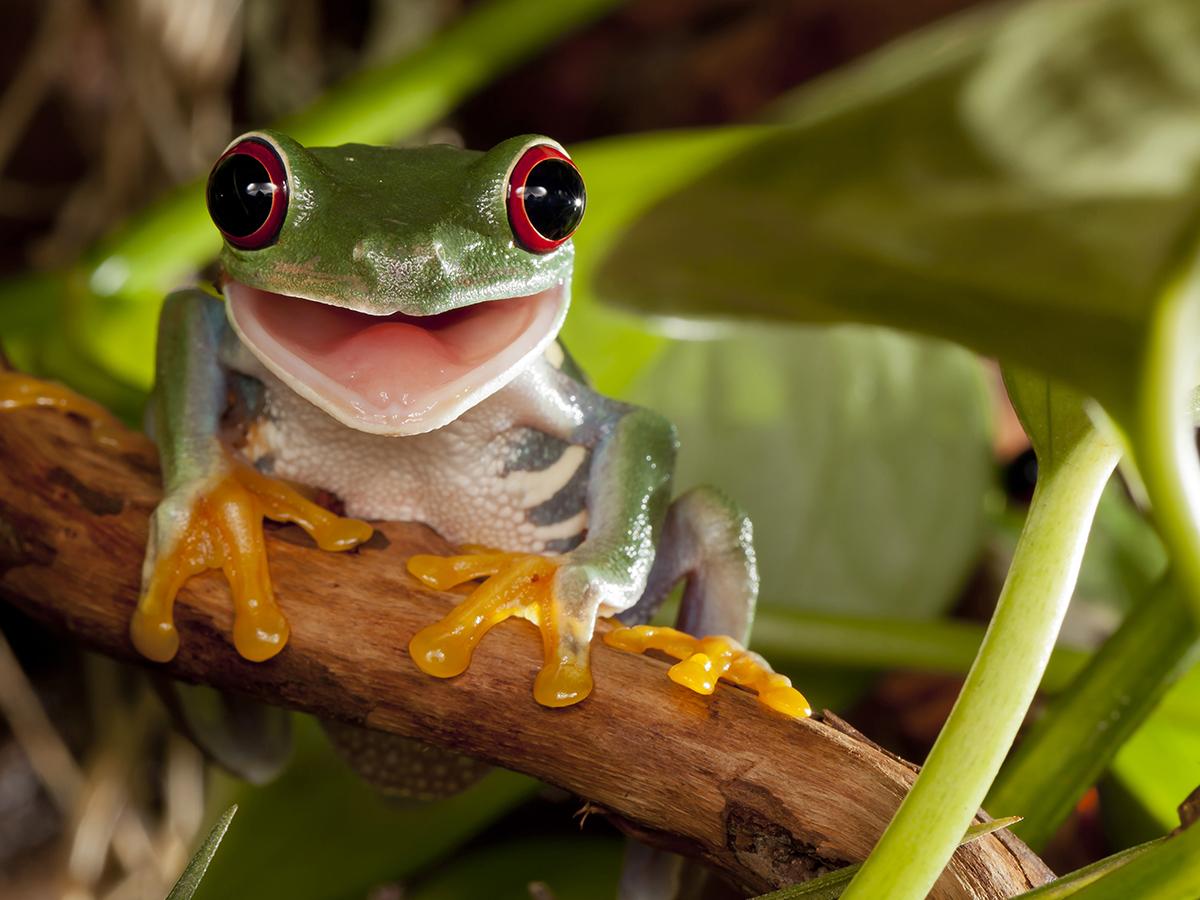National Frog Month: Save Frogs from Cruel Dissections in Classrooms!
Happy National Frog Month! We’re celebrating by sharing some amazing frog facts and ways you can take action to save them!
Frogs are amphibians with remarkable adaptations that allow them to thrive in their habitats all around the world. There are approximately 5,000 known species of frogs in the world today, all of which are cold-blooded and need water to survive.
While they have lungs to breathe, frogs can also absorb oxygen through their slimy skin while underwater or on land. This adaptation allows some species to stay underwater for a few minutes and some can even hibernate in the mud at the bottom of a pond or lake for a few months!
Another unique adaptation is their bulging eyes, which sink down into their skulls to help them swallow their food. A frog’s diet consists of a wide variety of insects, including spiders, butterflies, grasshoppers, and more. Many frog species also shed their skin once a week, which they then enjoy as a snack.
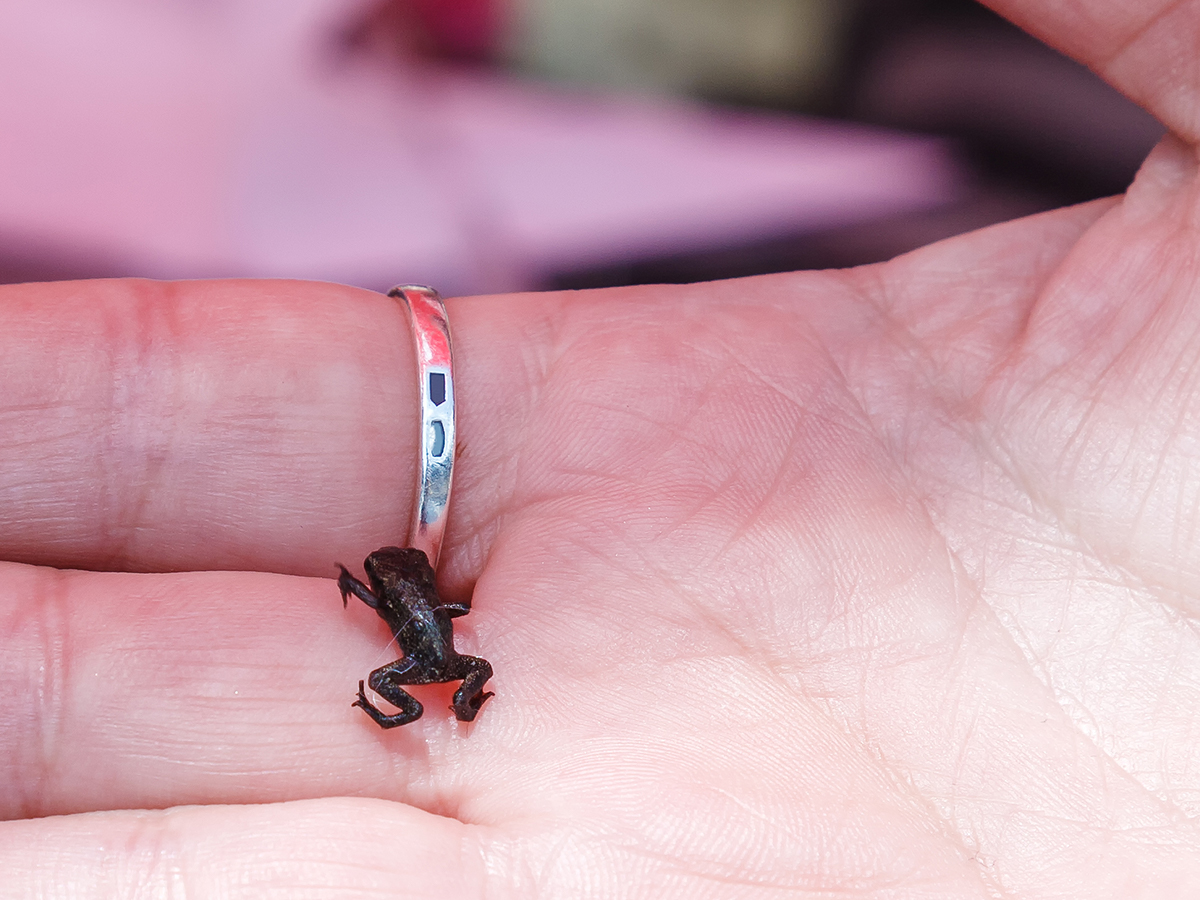
The world’s smallest known vertebrate is Paedophryne amauensis, which translates to “child frog” and is sometimes referred to as the “housefly frog,” was discovered in Papua New Guinea in 2012. This minuscule frog measures an average of just 0.3 inches (7.7 mm), which means 2-3 could sit comfortably on a dime!
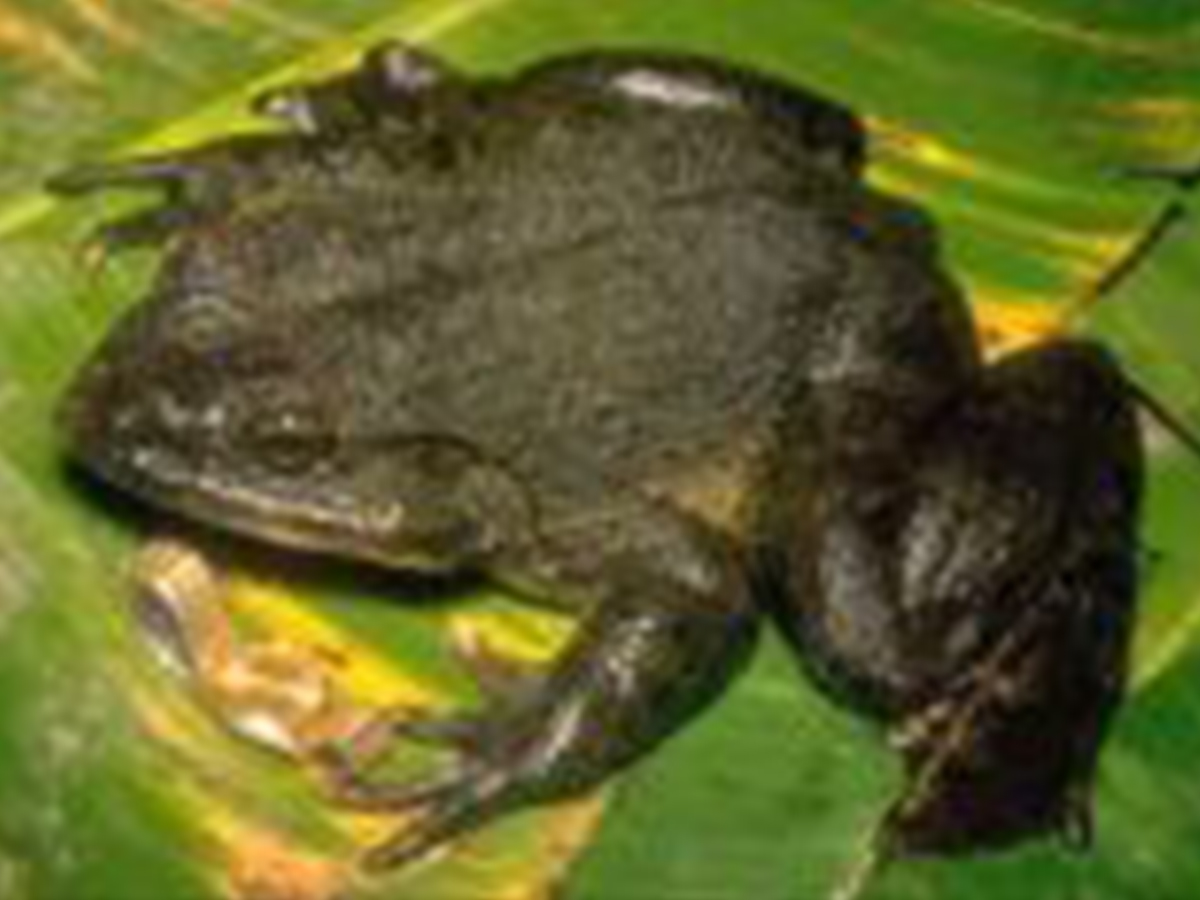
The largest species of living frog today is the goliath frog (Conraua goliath) of West Africa, whose members can grow to 12.5 inches in length and weigh in at a staggering 7.2 pounds — the weight of a newborn baby!
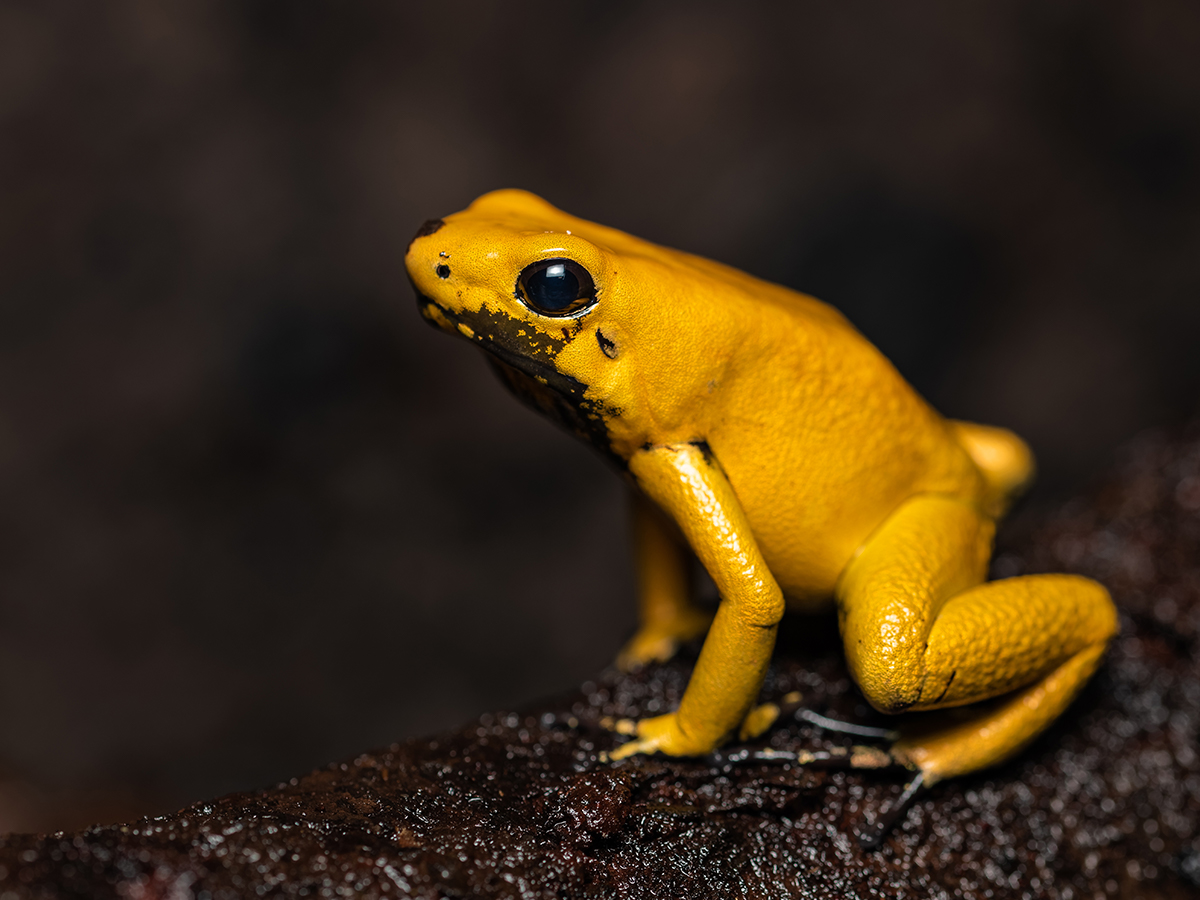
The golden poison dart frog has developed exceptional defenses against predators and is one of the deadliest animals on the planet. The toxins produced by a singular, 2-inch frog could kill ten grown men!
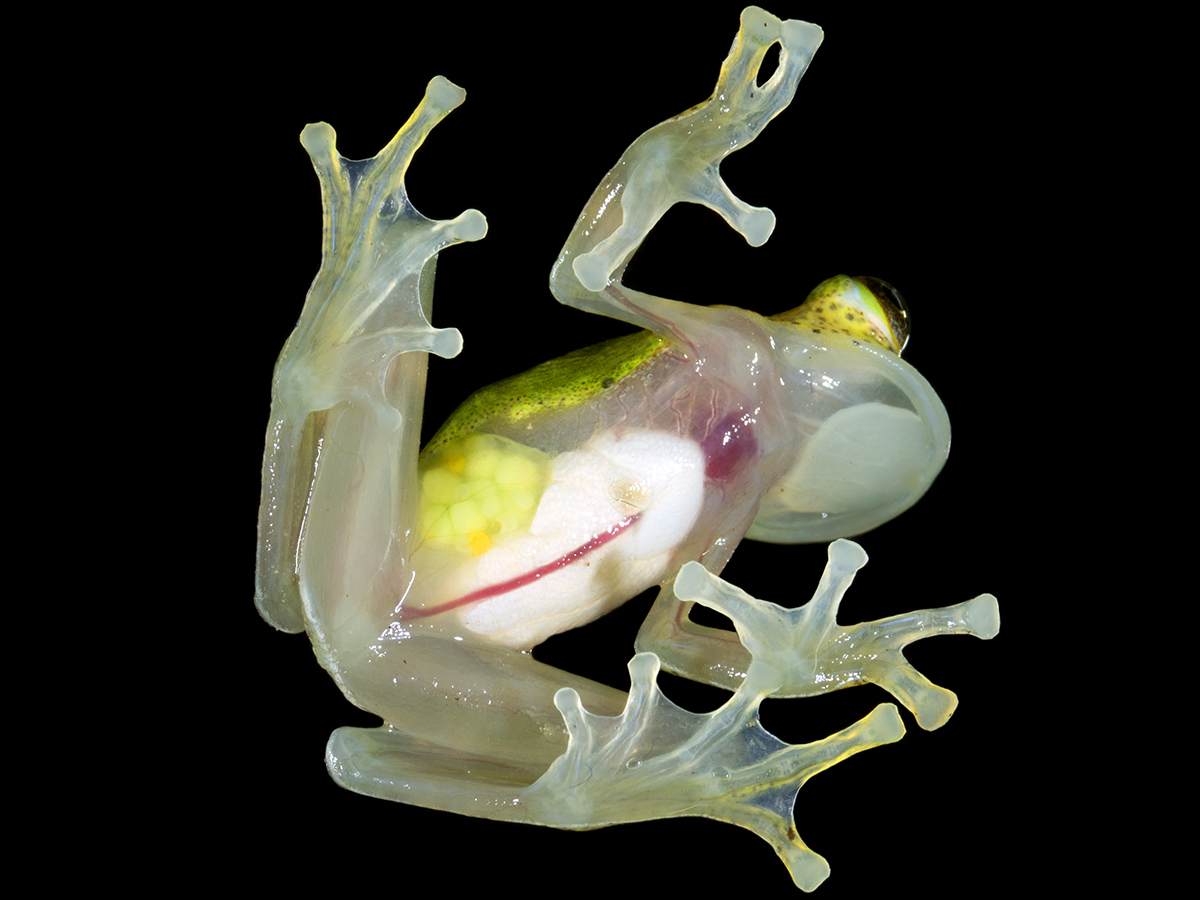
Some species of glass frogs have translucent skin on the underside of their bodies, which enables them to blend into their surroundings. Their beating hearts and internal organs can be seen, including their digestive system as it breaks down food.
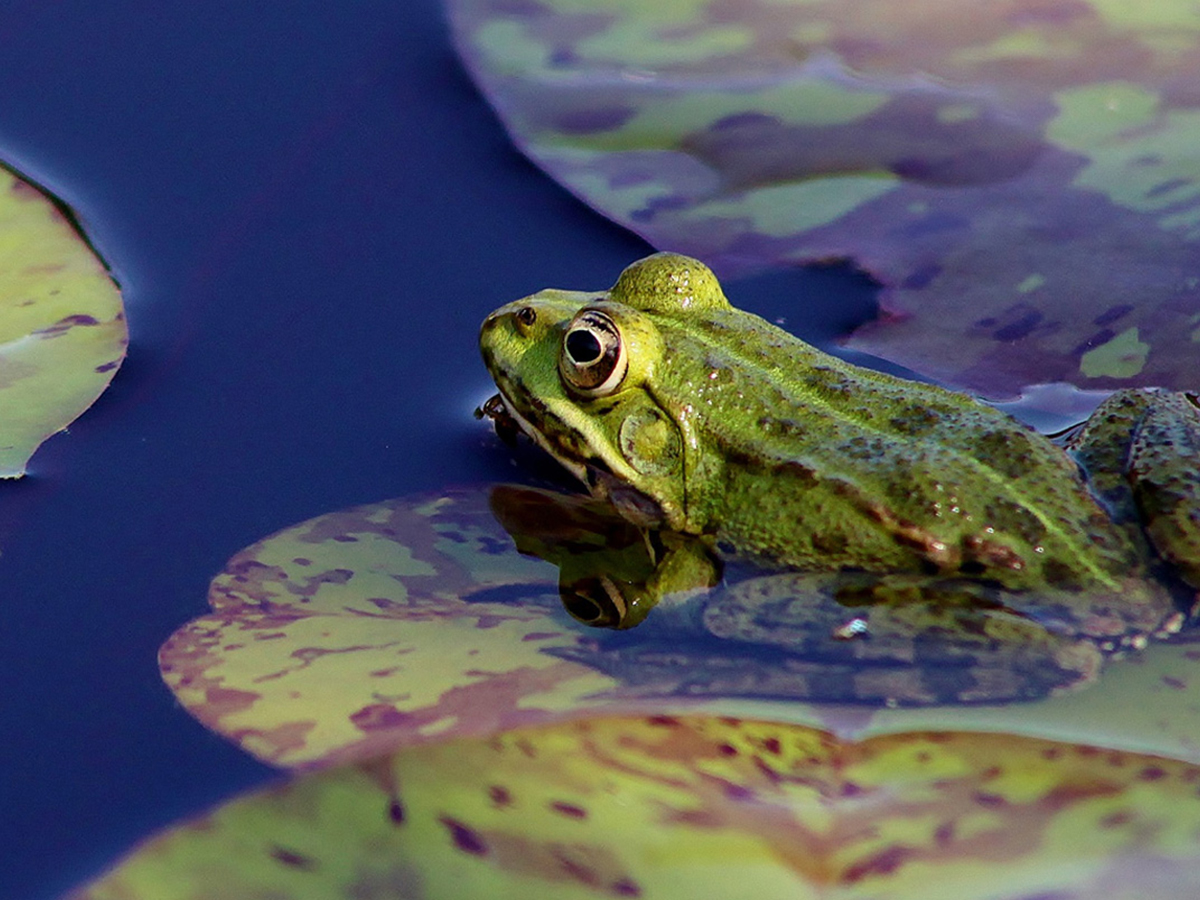
Despite these astonishing characteristics and capabilities, frogs — specifically bullfrogs — are the most commonly dissected animals in classrooms below the university level. Millions of frogs are ripped from their habitats in the wild, transported long distances (many die in transit), and then killed. Their bodies are then pumped with toxic embalming chemicals before they are cut up and thrown away soon after. This cruel, wasteful, and unnecessary process is responsible for plummeting frog populations and subsequent habitat destruction.
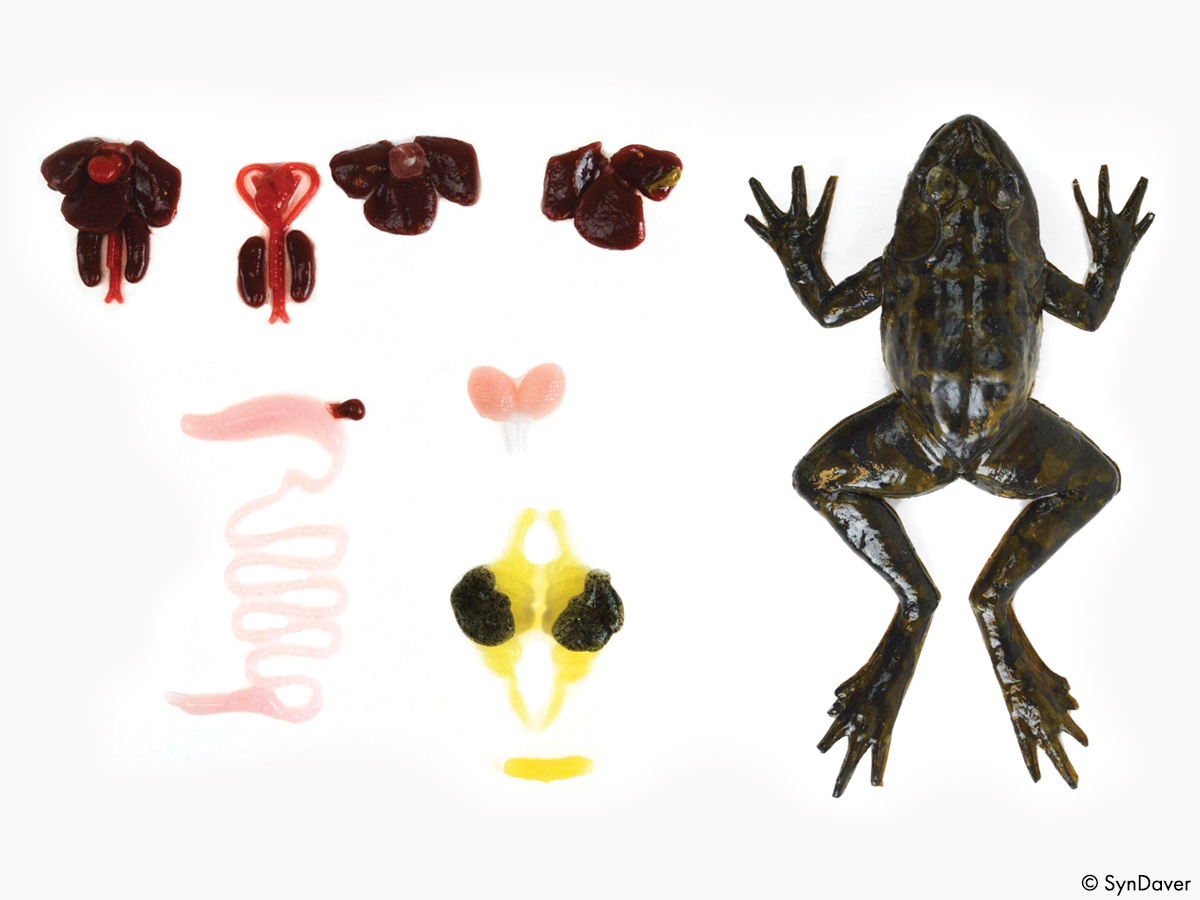
Thankfully, digital dissections and models offer a thorough, cruelty-free learning experience without the use of dead animals and harmful chemicals! Students can easily meet the learning objectives in classrooms by utilizing dissection alternatives like SynFrog, the world’s most realistic synthetic frog!
For National Frog Month, please pledge to never dissect frogs or any other animals and to utilize cruelty-free dissections alternatives!


